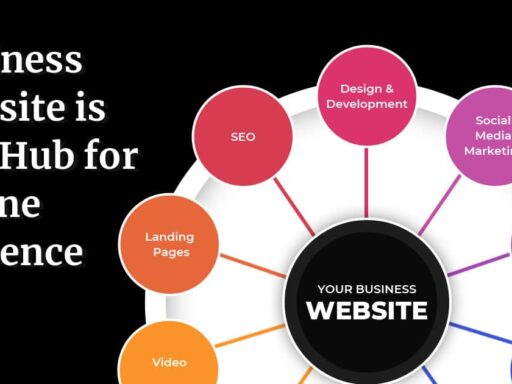Introduction:
In the ever-evolving landscape of web development, staying abreast of the latest tools and technologies is paramount for developers to remain competitive and deliver cutting-edge designs. From prototyping to deployment, the arsenal of web design tools continues to expand, offering developers an array of options to streamline workflows, enhance creativity, and improve efficiency. In this blog post, we delve into some of the latest web design tools that every developer should have in their toolkit.
- Figma: Figma has emerged as a frontrunner in the realm of collaborative interface design tools. With its cloud-based platform, Figma allows teams to collaborate in real-time, enabling seamless communication and iteration. Its intuitive interface, robust prototyping capabilities, and extensive library of design elements make it a favorite among designers and developers alike. Figma’s versatility extends beyond design, with features for creating interactive prototypes and generating production-ready code, facilitating a smooth transition from design to development.
- Adobe XD: Adobe XD continues to be a staple in the toolkit of web designers and developers. With its comprehensive set of design and prototyping tools, Adobe XD enables users to create immersive user experiences across various devices and screen sizes. Recent updates have introduced features such as voice prototyping and Auto-Animate, empowering designers to explore new dimensions of interactivity and animation. Integration with other Adobe Creative Cloud apps further enhances workflow efficiency, making Adobe XD a go-to choice for many professionals in the field.
- Webflow: Webflow has gained traction as a powerful tool for designing, building, and launching responsive websites without writing code. Its intuitive visual interface allows designers to create complex layouts and interactions with ease, while its robust CMS capabilities enable content management without the need for additional plugins or platforms. Webflow’s emphasis on clean, semantic code ensures that designs are optimized for performance and accessibility, making it a favorite among developers who prioritize code quality and efficiency.
- Sketch: Sketch remains a popular choice for designers focused on creating pixel-perfect interfaces for web and mobile applications. Its minimalist interface and powerful vector editing tools facilitate rapid prototyping and iteration, while its extensive plugin ecosystem offers additional functionality and customization options. Recent updates have introduced features such as Smart Layouts and Components, streamlining the design process and enabling greater consistency across projects. Sketch’s integration with other design tools and platforms makes it a versatile option for designers working in diverse environments.
- Zeplin: Zeplin has emerged as an indispensable tool for streamlining the handoff process between designers and developers. By providing a centralized platform for sharing design assets, specifications, and interactions, Zeplin bridges the gap between design and development teams, reducing miscommunication and accelerating the implementation process. Its integration with popular design tools allows for seamless collaboration, while features such as code snippets and style guides facilitate accurate implementation and maintenance of design systems.
Conclusion:
As web development continues to evolve, staying updated with the latest tools and technologies is essential for developers to remain competitive and deliver exceptional results. The tools highlighted in this blog post represent just a fraction of the vast ecosystem of web design tools available today. By leveraging these tools effectively, developers can streamline their workflows, enhance collaboration, and create engaging user experiences that push the boundaries of web design. Whether you’re a seasoned professional or just starting your journey in web development, incorporating these tools into your toolkit can help you stay ahead of the curve and unlock new possibilities in your projects.







